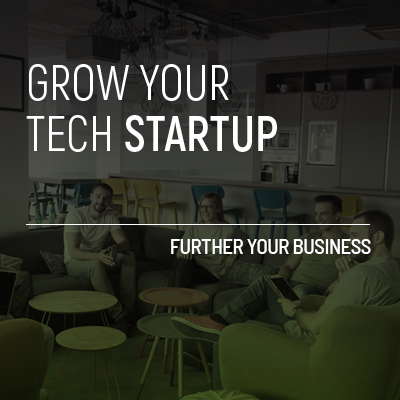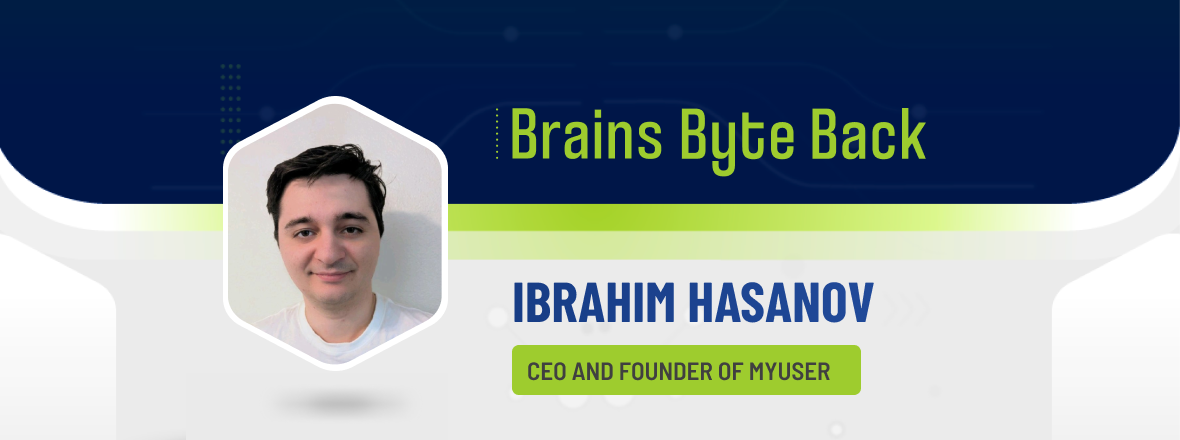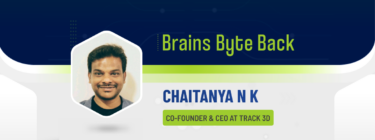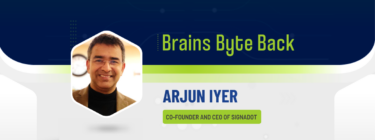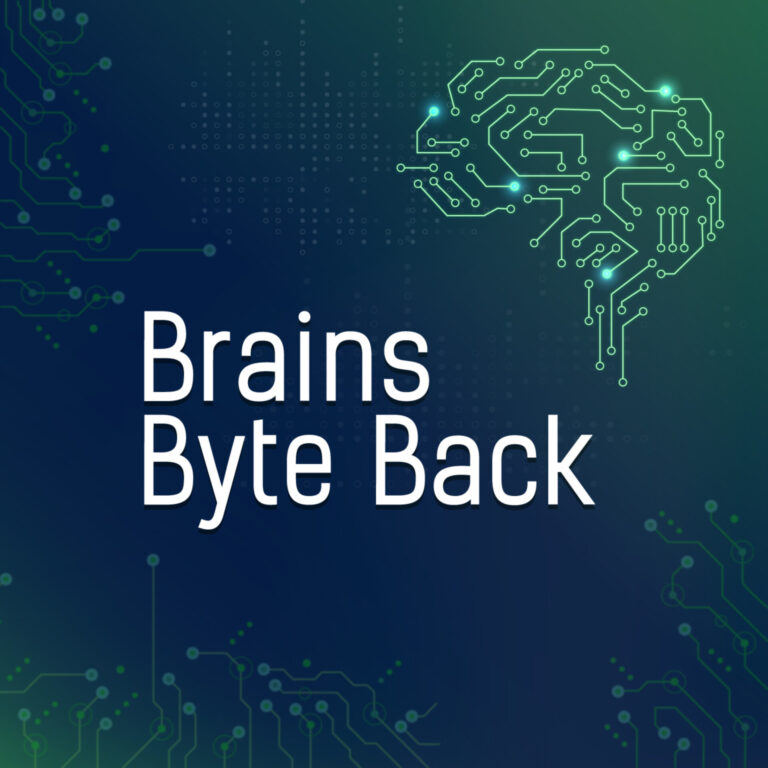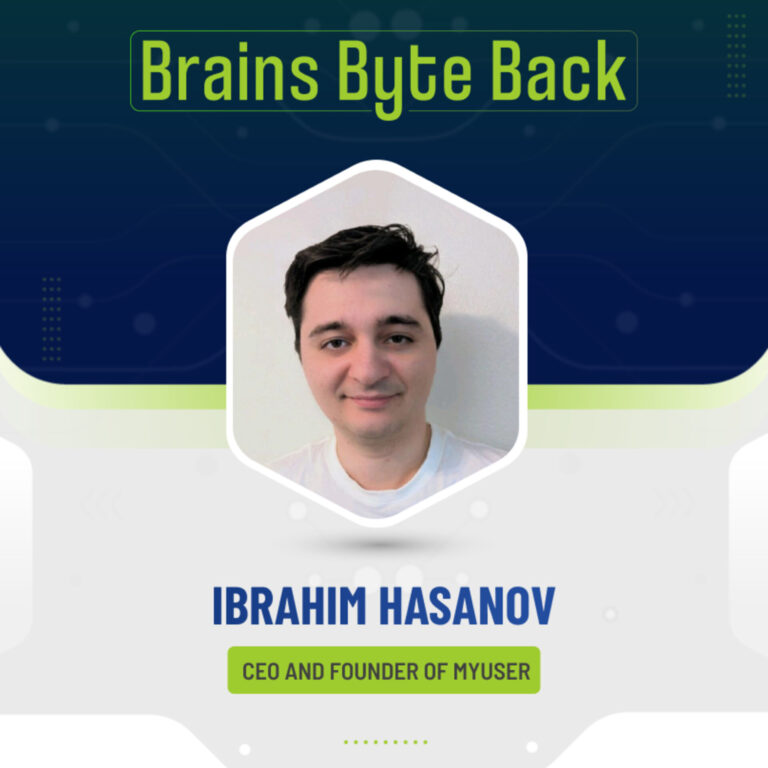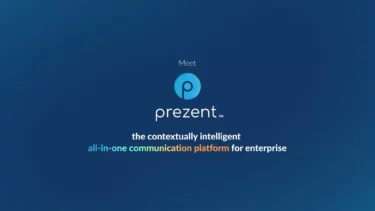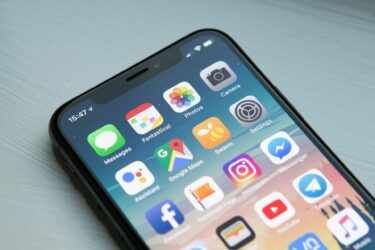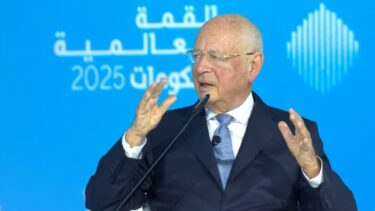What’s the likelihood of you opening up a sales email that reads generic or a call from a number you don’t recognize? Slim to none. It’s a barrier that those who work in sales face everyday to grab the attention of a lead whether it’s hot or cold. The numbers back this up: a typical cold email sees an open rate of just 15-25% with replies at 1-2%. If that same message is tailored to a prospect’s interest, need, or recent activity, reply rates can climb to 8-12%. Couple this with a personalized voicemail and you’re sure to achieve more success.
Personalization has become the currency in sales to get you noticed in a world where competition for customers is stronger and our attention spans are quick to ignore if you aren’t pulled in from the first point of contact. When a message demonstrates that you understand the person on the other side, including their challenges, priorities, or goals, it signals that engaging might actually be worth their time.
However, a sales rep’s time is just as valuable. Hours spent digging through Linkedin profiles or scanning company websites could be used actually talking to prospects and closing deals. It’s the kind of repetitive work most people would happily hand off to an intern or assistant if they could.
That’s where today’s technology is starting to make a real difference. Software tools powered by smart AI agents are stepping in to handle that heavy lifting, freeing sales and marketing teams to focus on higher-impact tasks. Automation isn’t new, but these newer AI-driven tools are evolving fast, becoming more precise and capable with each iteration. Their ability to solve real-world sales challenges depends on the people building them.
Innovators like Ibrahim Hasanov, whose experience as an entrepreneur led to the creation of MyUser, are at the forefront of that shift we’re seeing. His commitment is to refine how AI thinks, learns, and acts by leveraging a sales technique known as “know me show me”. Central to his approach in which understanding exactly who your prospect is, then showing that insight in your message. It’s a simple principle, but it’s what he believes adds value when training his AI agents.
“The best path forward to win is to find a way others are not doing,” Ibrahim says. “Question everything. Break systems into pieces and challenge every part of them. That’s how you discover what actually works.”
Sound advice from the 23-year-old founder who started his first startup at the age of 13, and who believes motivation and questioning are pillars for those seeking to grow as future innovators in technology.
You can listen to the full episode on Spotify, Anchor, Apple Podcasts, Breaker, Google Podcasts, Stitcher, Overcast, Listen Notes, PodBean, and Radio Public.
Find out more about Ibrahim Hasanov here.
Learn more about Myuser here.
Reach out to today’s host, Erick Espinosa – [email protected]
Get the latest on tech news – https://sociable.co/
Leave an iTunes review – https://rb.gy/ampk26Follow us on your favourite podcast platform – https://link.chtbl.com/rN3x4ecY
Transcript:
Ibrahim Hasanov: Hey, my name is Ibrahim Hasanov. I’m the founder of Myuser. Myuser automates B2B outreach and sales. The entire process is automated, as easy as managing ads.
Erick Espinosa: Ibrahim, thank you so much for joining me on this episode of Brains Byte Back. For those listening or watching who are familiar with the podcast, what we love to talk about is brilliant innovations contributing to the tech revolution we’re living today. But just as important is the founder story.
I want to start with a stat that frames how remarkable your story is. According to research from MIT, most founders don’t start their first company until their thirties. The average age of a successful tech founder is usually around 45. But you were 13 when you launched your first startup. Even before that, at six, I understand you were already building hardware and coding at 11.
Can you talk about those years? What do you remember? Was it curiosity or something else that was driving you at that age?
Ibrahim Hasanov: Not curiosity at all. I had to figure out a way to win because I must win. I was always asking myself what could make me win against everyone else. I was extremely competitive from the youngest age.
In terms of the hardware, I wouldn’t say I was building something noticeable. I’d disregard that part. It wasn’t that big. But software was a lot better. I specifically wanted to focus on software because that can be useful without raising any money. I could do it from scratch without convincing VCs or raising capital.
At that time my family wasn’t wealthy. They were making around $400 a month as a whole family. So I had to find a way to win without capital. With software, you can create everything from scratch yourself. I researched how to do that. Any other thing required human connections or capital, but software didn’t. I had to learn it to win.
If I mastered it, I could achieve great things without capital or people. That was the main thing. So that’s why I started. Does that answer your question?
Erick Espinosa: Yeah, it sounds like the way you’re framing it is about winning in life. Most kids at 13 are trying to win a track race or a science fair, but you were already thinking about winning in life, maybe even helping your family. What gave you that confidence at 13 to launch something into the world?
Ibrahim Hasanov: It wasn’t about winning a race or helping family. I believe life is like a simulation and I must find a way to win. Where you’re born, or the family you’re born into, doesn’t matter—unless it’s America, which has a culture I love.
If you’re born in bad conditions, it doesn’t mean you’re behind in competition compared to others. You should just be logical about it. I wanted to win for my purposes, not to help anyone. I don’t know why I want to win—it’s just the way I am.
For example, when I first went to school, I was obsessed with being first in line, first to leave, getting the best grades, and making sure others got worse grades. The teacher even let me prepare questions so others would score lower. It was a natural thing. It wasn’t about helping. It was about figuring out a way to win.
Erick Espinosa: A lot of people describe themselves as competitive. You sound extra competitive.
Ibrahim Hasanov: I don’t look at it as competition. It’s not about others. It’s just that I must win. If others are competing, they might not even know it. For example, in school or college they were just doing their own thing, but I thought school was for learning something to invent and win.
I didn’t realize school was for getting a job. I only focused on physics, chemistry, math, and programming. Everything else like history I didn’t care about. Other kids weren’t thinking like that. So I wouldn’t even call it competition because they weren’t competing with me. I was competing with something they weren’t even aware of.
Erick Espinosa: We’re all in our own simulation and view things differently. They didn’t realize they were competing, but you did, right?
Ibrahim Hasanov: Yes.
Erick Espinosa: At 13, you focused on software. What was that first product or startup?
Ibrahim Hasanov: The first thing I built was a social network. The rule was that I must win, so how could I do it? I had to have a significant skill advantage over others. It had to be practical. I don’t like dreamers—it had to be logical.
So I built a social network with the idea that if Facebook has thousands of employees, I must be better than thousands of employees combined. That was literally the idea. If they can build it together, I should be able to build it alone. That was the reason.
Building it was easier for me than distributing it, which was tricky. But that was the first thing I built.
Erick Espinosa: And then fast forward—you built a SaaS company to $33 million in revenue as a solo founder, with no employees, outside funding, or even social media. In the venture capital world, there are assumptions about what makes a founder fundable—having a co-founder, big teams, strong networking skills. You beat those assumptions. Can you walk us through that journey and how it shaped your approach to building companies?
Ibrahim Hasanov: Sure. I learned a lot about scaling. At $32 million, the way I got there was by working through white-label companies who rebranded us. The margins were slim—profit was maybe $2 million on $32 million revenue.
But I learned how customers scale and how many people operate, which shaped me. I focused on B2B enterprise deals and especially bigger companies. Big companies take longer to trust you, but one big company can be worth 100 small companies. So it’s better to focus on a few big fish than many small ones.
One reason that year was high was because a client went IPO and exploded, and we exploded too. Before that, during COVID, we scaled to around $600K a month. If valued then, it would have been $100 million, and I was 21. But most of our customers were dropshippers around 19 or 20 years old. When COVID hit, that industry died, and so did that growth.
It was close to a big valuation, growing four times every month. I see that as more successful because of the growth rate, even though it ended suddenly.
Erick Espinosa: I imagine that experience in B2B sales helped you realize there was a niche. Let’s talk about MyUser. For people listening who don’t know it, what problem are you solving in the B2B sales world?
Ibrahim Hasanov: First, why I created it. I was relying on others—white labels or affiliates—to bring clients. They were taking the lion’s share. If I built something they couldn’t sell, I couldn’t distribute. I had to find a way to do my own distribution.
One way is cold outreach, but most tools send templates and get no replies. The best companies do it manually with big sales teams. That’s who I wanted to learn from. Then I asked: how can I scale it, without being involved at all? I don’t like the people-skills part.
So I figured out how to turn the manual research into AI. But if you use current AI models as-is, they fail. We used a method called “show me, you know me,” originally for training real salespeople to write good emails. I had to tweak AI to make it obsessive about following its goals, so it could follow multiple steps. That let it write high-quality emails.
Next, when people replied, I didn’t want to coordinate 10 or 50 people daily. It’s unscalable. So we made AI reply back and schedule calls. Most AI makes mistakes here, which is why no competitors do it. They also don’t use “show me, you know me.” Competitors just say things like, “I saw your dog post—buy my product.” Our personalization is deeper.
We learned through our own mistakes, fixed them, and used the smartest AI models possible. That let us fully automate: you just show up to the call. Then we added follow-up after the call. We built a follow-up agent because it’s inefficient for people to remember. AI now follows up after calls with proposals, reminders, and next steps.
Erick Espinosa: So this isn’t replacing the salesperson. It sounds like a BDR role—qualifying leads, having initial conversations, and then passing it on to the salesperson for demos or closing. It makes their time more efficient.
What makes your personalization authentic and contextual, rather than just inserting a name?
Ibrahim Hasanov: It’s using the “show me, you know me” strategy. First, it reads the entire LinkedIn profile, including posts and interactions. It searches the internet, the company website, and recent news. It analyzes the person directly—reading posts, who they interact with—and figures out their MBTI personality type.
Then it asks: what would trigger them? How would what you’re selling affect them personally or business-wise? It uses that in the subject line and email, formatted according to “show me, you know me,” which is more nuanced.
Instead of saying, “I saw your cat post,” it says, “You had this problem last month—we can solve it this way.”
Every single email is written with that depth. It considers what specific problem this company might have and what might trigger this specific person when they see the subject line. That could be something emotional or something they care deeply about.
For example, if someone is a Star Wars fan, seeing “Star Wars” in the subject line might make them open the email. There’s a lot of nuance to it, but that’s the idea: deep, relevant research.
We had to figure out how to make the AI extremely obsessive about its goal. The way I thought about it is how I process conversations myself. When someone talks to me, I don’t necessarily listen to everything — only what serves my goal. We trained the AI to do the same. It doesn’t process conversations like a human. You could call it “OCD AI” — it’s single-minded about its objective.
Erick Espinosa: I think that’s genius. Personalizing outreach manually — going through someone’s LinkedIn, for example — is one of the most time-consuming parts of sales. What you’re describing makes that process happen for you. I’ve never heard the term “show me, you know me” before, though.
Ibrahim Hasanov: It was actually created by a VP of Sales at LinkedIn. That’s where it comes from.
Erick Espinosa: When you approach potential customers today, what kind of pushback do you face? Because in some industries there’s still a very old-school belief that the best way to connect is by picking up the phone and calling the lead. How do you convince companies that your approach is the future?
Ibrahim Hasanov: There are a few categories of pushback. One is irrational. Some people say, “We Googled your company and didn’t see a lot of funding or press.” My response is: that doesn’t matter. Just try the product and see it work. Trust is one of the most irrational factors in business.
The second type of pushback comes from people who have tried other automation tools. They hear “automation” and immediately assume it’s going to be low quality. That’s because most tools that are easy to automate produce low-quality results.
With us, the experience is more like ads. You set a daily budget and targeting. You can upload your own data or use our database. Then you set the agents, and they go after clients automatically. Because it’s so effortless, people don’t realize how much work is happening in the background.
For example, someone might say, “Mailgun charges less than a cent per email, so why do you charge more?” The answer is that we send emails through G Suite mailboxes — about 20 per mailbox per day — and when you scale, that means using many mailboxes, which we also have to warm up. Those mailboxes cost money every month. On top of that, there’s the research work, the “show me, you know me” personalization, and the fact that we use some of the most advanced AI models available.
There are four main layers:
- Copy quality: Deep personalization, not generic messages.
- Deliverability: We use G Suite mailboxes ($7.50/month each) and warm them up properly. Most companies use free warm-up pools where mailboxes just send emails to each other. Gmail knows this and flags them. We use private pools that don’t send cold emails, so when ours do, they land in the inbox.
- Scalability: The system automatically rotates mailboxes based on reply rate. Every 8–14 days, you get new mailboxes.
- Non-opt-in targeting: Mailgun is for opt-in email. You’ll get banned if you send cold emails through them. We focus on cold outreach — people you’ve never contacted — and ensure they’re interested and respond.
Erick Espinosa: What kind of email performance do you typically see?
Ibrahim Hasanov: We don’t track open rates because tracking them actually lowers deliverability. But our positive reply rate usually ranges from 1.5% to 8%, depending on the customer. On average, it’s around 2%. We don’t count negative replies in that number, though they’re tracked internally.
What’s funny is that I’ve seen competitors celebrate a 1% reply rate. For us, if we hit 1%, I’m frustrated and start asking what went wrong. Some of these companies have raised $20 million or more and celebrate hitting 1%.
Erick Espinosa: It might depend on how many people they’re reaching out to, but still — 1% isn’t much to celebrate.
Ibrahim Hasanov: Exactly.
Erick Espinosa: Before we wrap up, you’re still very young and already onto your next venture. For someone listening — maybe a younger version of you — what advice would you give them today? With all the tools available now, it’s easier than ever to become an entrepreneur, build an idea, and scale it. What would be the first thing you’d tell them before starting a business?
Ibrahim Hasanov: I will say if you need motivation, you already failed. You should just give up. But like, in terms of advice, I will say think things in, try to see through the curtain in a way that you don’t look at things in an emotional way. Look at it like separate things, separate the entire systems into individual components, and then question every single aspect of it.
So I was, for example, when I was in school, I was asking so many questions that a teacher actually was complaining to the director and principal that, okay, this guy is asking a lot of questions. They couldn’t do anything with it. I was getting A and A+, at least on the subjects that I was asking questions.
So they were also calling me “Question Abraham.” That was actually the nickname. So I would say question everything. There’s a benefit to it because in absolutely any competition, I would say the best path forward to win is to find a way to do what others are not doing — that is right. Meaning like, don’t try to do something absolutely stupid. However, be okay doing that too, because that’s the only way you will practice to find the best solution.
And the best possible solution doesn’t look that attractive to most people, and therefore it’s not popular, and therefore it hasn’t been implemented yet. So I will say question everything. That’s the only way to do it. And then try to figure out a way that others are not doing. That’s the best way to win.
Erick Espinosa: Abraham, that response is spoken like a true software engineer. I feel like that mindset, that way of thinking. Thank you so much again for joining me on this episode of Brains Byte Back.
If somebody’s curious to learn a little bit more about MyUser, or maybe just wants to pick your brain a little bit more, what’s the best way to reach out?
Ibrahim Hasanov: They can go to myuser.com, or they can reach out to me at [email protected].
Erick Espinosa: Amazing. Thanks again.
Ibrahim Hasanov: All right. Thank you.
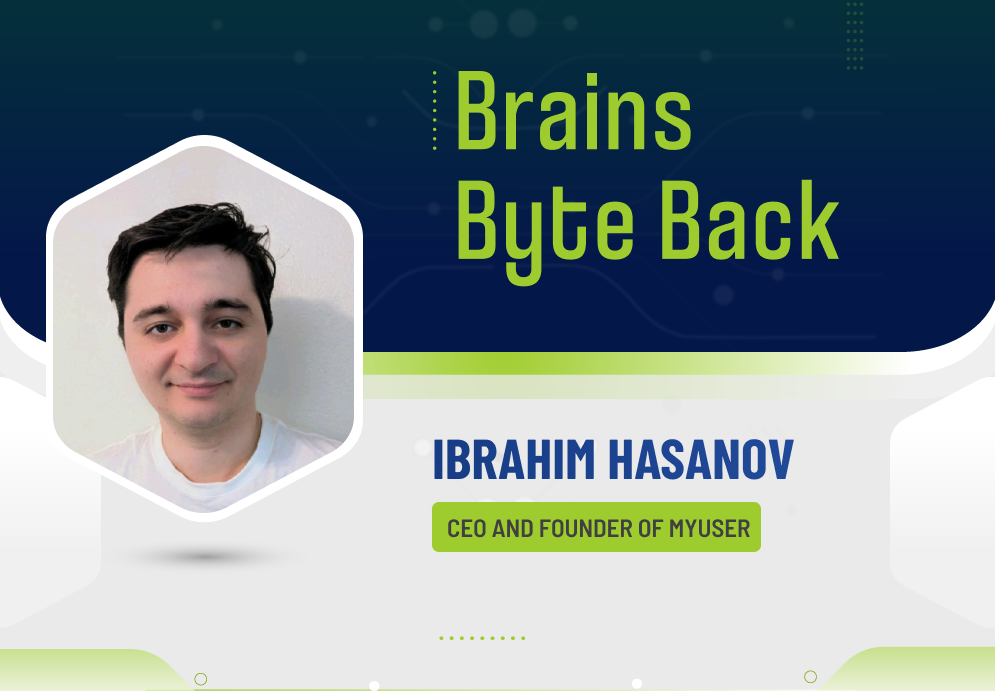
Disclosure: This article mentions a client of an Espacio portfolio company.
